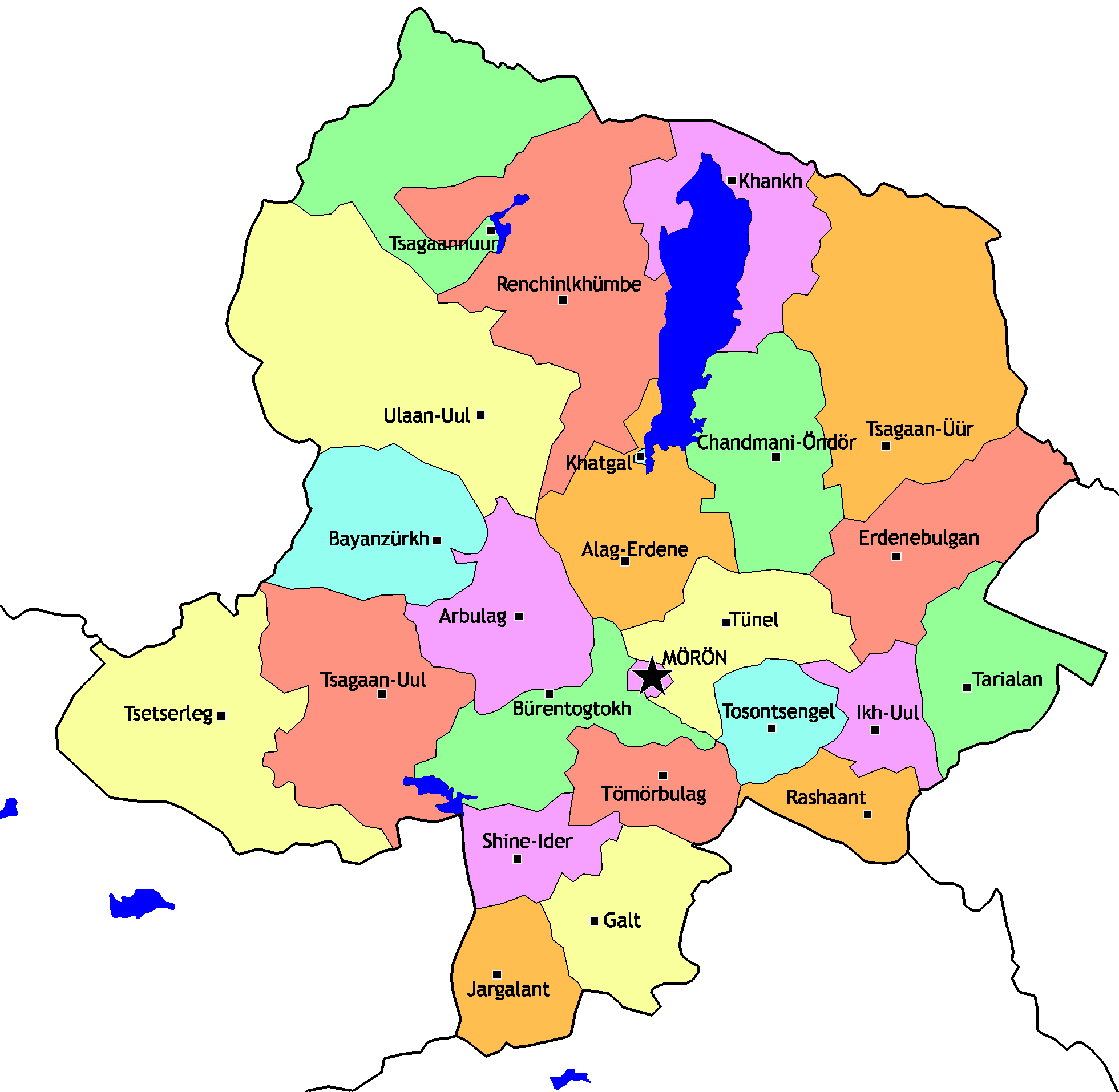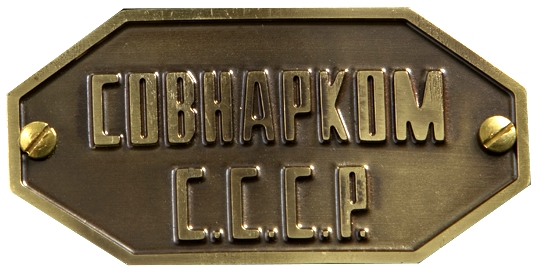|
Tsaatan
The Dukha, DukhansElisabetta Ragagnin (2011)Dukhan, a Turkic Variety of Northern Mongolia, Description and Analysis Harrassowitz Verlag, Wiesbaden or Duhalar ( mn, Цаатан, Tsaatan) are a small Tuvan (Tozhu Tuvans) Turkic community of semi-nomadic reindeer herdersRégis DefurnauxOn the Move With Mongolia’s Nomadic Reindeer Herders ''New York Times'' (August 23, 2021). living in Khövsgöl, the northernmost province of Mongolia. The name Tsaatan, which means ‘those who have reindeer’ in the Mongolian language, were originally Tuvinian reindeer herders. Language The Dukhan language (SIL International dkh) is an endangered Turkic variety spoken by approximately five hundred people in the Tsagaan-Nuur county of the Khövsgöl region of northern Mongolia. Dukhan belongs to the Taiga subgroup of Sayan Turkic ( Tuvan, Tofa). History Origin Originally from across the border in what is now Tuva Republic of Russia, the Dukha are one of the last groups of nomadic re ... [...More Info...] [...Related Items...] OR: [Wikipedia] [Google] [Baidu] |
Dukhan Language
The Dukha or Dukhan language is an endangered Turkic languages, Turkic variety spoken by approximately five hundred people of the Dukha people, Dukhan (a.k.a. Tsaatan) people in the Tsagaan-Nuur county of Khövsgöl Province in northern Mongolia. Dukhan belongs to the Taiga subgroup of Sayan Turkic (which also includes Tuvan language, Tuvan and Tofa language, Tofa).Elisabetta Ragagnin (2011)Dukhan, a Turkic Variety of Northern Mongolia, Description and Analysis Harrassowitz Verlag, Wiesbaden This language is nearly extinct and is only spoken as a second language. The ISO 639-3 proposal (request) code was dkh, but this proposal was rejected. It is mostly related to the Soyot-Tsaatan language, Soyot language of Buryatia. Also, it is related to the language of Tozhu Tuvans and the Tofa language. Today, it is spoken alongside Mongolian. Dukhan morphophonemic units are written with capital letters, similar to its sister languages and standard grammars. Origin The Dukha language ... [...More Info...] [...Related Items...] OR: [Wikipedia] [Google] [Baidu] |
Soyots
The Soyot are ethnic group of Turkic origin live mainly in the Oka region in the Okinsky District in the Buryatia, Russia. According to the 2010 census, there were 3,608 Soyots in Russia. Their extinct language (partly revitalized) was of a Turkic type and basically similar to the Dukhan and closely related to the Tofa language. The Oka River, the largest river flowing down from the Western Sayans into the Angara is called the Ok-hem meaning "an arrow-river" by the Soyots of the Oka River basin. They live dispersed among the Buryats and now speak the Buryat language. Historical context According to Larisa R. Pavlinskaya, a Russian ethnographer based in St. Petersburg, Russia, "The ancestors of the Soyots (and of the closely related Tofalars, Tozhu Tuvans, and Dukha) were proto-Samoyedic hunter-gatherers who arrived in the Eastern Sayan region from Western Siberia at the end of the third millennium BC and the beginning of the second millennium BC." In 1726 Tunka Valley Burya ... [...More Info...] [...Related Items...] OR: [Wikipedia] [Google] [Baidu] |
Khövsgöl Province
Khövsgöl ( mn, Хөвсгөл) is the northernmost of the 21 aimags (provinces) of Mongolia. The name is derived from Lake Khövsgöl. Geography and history The round-topped Tarvagatai, Bulnain and Erchim sub-ranges of the Khangai massif dominate the south and southwest of the largely mountainous province, and north and west of Lake Khövsgöl, lie the alpine Khoridol Saridag, Ulaan Taiga, and Mönkh Saridag mountains. The center and eastern parts of the province are less mountainous, but still hilly. The region is well known in Mongolia for its natural environment, and Lake Khövsgöl is one of the country's major tourist attractions. The largest forests of Mongolia are located around and to the north of the lake, extending the South Siberian taiga. The aimag was founded in 1931. Khatgal was the administrative center until 1933; since then it has been Mörön. Population The region is home to many ethnic minority groups: Darkhad, Khotgoid, Uriankhai, Buriad, and Tsaat ... [...More Info...] [...Related Items...] OR: [Wikipedia] [Google] [Baidu] |
Reindeer
Reindeer (in North American English, known as caribou if wild and ''reindeer'' if domesticated) are deer in the genus ''Rangifer''. For the last few decades, reindeer were assigned to one species, ''Rangifer tarandus'', with about 10 subspecies. A 2022 revision of the genus elevated five of the subspecies to species (see Taxonomy below). They have a circumpolar distribution and are native to the Arctic, sub-Arctic, tundra, boreal forest, and mountainous regions of northern Europe, Siberia, and North America. Reindeer occur in both migratory and sedentary populations, and their herd sizes vary greatly in different regions. The tundra subspecies are adapted for extreme cold, and some are adapted for long-distance migration. Reindeer vary greatly in size and color from the smallest species, the Svalbard reindeer (''R. t. platyrhynchus''), to the largest subspecies, Osborn's caribou (''R. t. osborni''). Although reindeer are quite numerous, some species and subspecies are in d ... [...More Info...] [...Related Items...] OR: [Wikipedia] [Google] [Baidu] |
Citizenship
Citizenship is a "relationship between an individual and a state to which the individual owes allegiance and in turn is entitled to its protection". Each state determines the conditions under which it will recognize persons as its citizens, and the conditions under which that status will be withdrawn. Recognition by a state as a citizen generally carries with it recognition of civil, political, and social rights which are not afforded to non-citizens. In general, the basic rights normally regarded as arising from citizenship are the right to a passport, the right to leave and return to the country/ies of citizenship, the right to live in that country, and to work there. Some countries permit their citizens to have multiple citizenships, while others insist on exclusive allegiance. Determining factors A person can be recognized or granted citizenship on a number of bases. Usually, citizenship based on circumstances of birth is automatic, but an application may be required. ... [...More Info...] [...Related Items...] OR: [Wikipedia] [Google] [Baidu] |
Steppes
In physical geography, a steppe () is an ecoregion characterized by grassland plains without trees apart from those near rivers and lakes. Steppe biomes may include: * the montane grasslands and shrublands biome * the temperate grasslands, savannas and shrublands biome A steppe may be semi-arid or covered with grass or with shrubs or with both, depending on the season and latitude. The term " steppe climate" denotes the climate encountered in regions too dry to support a forest but not dry enough to be a desert. Steppe soils are typically of the chernozem type. Steppes are usually characterized by a semi-arid or continental climate. Extremes can be recorded in the summer of up to and in winter, . Besides this major seasonal difference, fluctuations between day and night are also very great. In both the highlands of Mongolia and northern Nevada, can be reached during the day with sub-freezing readings at night. Mid-latitude steppes feature hot summers and cold winte ... [...More Info...] [...Related Items...] OR: [Wikipedia] [Google] [Baidu] |
Soviet Famine Of 1946–47
The Soviet Union,. officially the Union of Soviet Socialist Republics. (USSR),. was a List of former transcontinental countries#Since 1700, transcontinental country that spanned much of Eurasia from 1922 to 1991. A flagship communist state, it was nominally a Federation, federal union of Republics of the Soviet Union, fifteen national republics; in practice, both Government of the Soviet Union, its government and Economy of the Soviet Union, its economy were highly Soviet-type economic planning, centralized until its final years. It was a one-party state governed by the Communist Party of the Soviet Union, with the city of Moscow serving as its capital as well as that of its largest and most populous republic: the Russian Soviet Federative Socialist Republic, Russian SFSR. Other major cities included Saint Petersburg, Leningrad (Russian SFSR), Kyiv, Kiev (Ukrainian Soviet Socialist Republic, Ukrainian SSR), Minsk (Byelorussian Soviet Socialist Republic, Byelorussian SSR), Tas ... [...More Info...] [...Related Items...] OR: [Wikipedia] [Google] [Baidu] |
Government Of The Soviet Union
The Government of the Soviet Union ( rus, Прави́тельство СССР, p=prɐˈvʲitʲɪlʲstvə ɛs ɛs ɛs ˈɛr, r=Pravítelstvo SSSR, lang=no), formally the All-Union Government of the Union of Soviet Socialist Republics, commonly abbreviated to Soviet Government, was the executive and administrative organ of state in the former Soviet Union. It had four different names throughout its existence; Council of People's Commissars (1923–1946), Council of Ministers (1946–1991), Cabinet of Ministers (January – August 1991) and Committee on the Operational Management of the National Economy (August–December 1991). It also was known as Workers-Peasants Government of the Soviet Union. The government was led by a chairman, most commonly referred to as " premier" by outside observers. The chairman was nominated by the Central Committee of the Communist Party of the Soviet Union (CPSU) and elected by delegates at the first plenary session of a newly elected Supreme Sovi ... [...More Info...] [...Related Items...] OR: [Wikipedia] [Google] [Baidu] |
Dood Tsagaan Nuur
Dood Tsagaan Lake ( mn, Доод Цагаан нуур: ''lit. "lower white lake"'', zh, 下查干湖, 下查干淖尔) is a lake in northwestern Khövsgöl aimag, Mongolia, between the sums of Tsagaannuur and Renchinlkhümbe Renchinlkhümbe ( mn, Рэнчинлхүмбэ) is a '' sum'' of Khövsgöl Province in Mongolia. The area is about , of which are pasture and 35% are forest. In 2000, the ''sum'' had 4284 inhabitants, mainly Darkhad. The ''sum'' center, official .... It's sometimes divided into the Targan, Dund, and Kharmai lakes. Targan lake is 3.5 meters deep, Dund nuur 5 meters and Kharmai nuur 15 meters. Tsagaannuur's administrative center is located on the western shore of the lake. Lakes of Mongolia Khövsgöl Province {{Mongolia-geo-stub ... [...More Info...] [...Related Items...] OR: [Wikipedia] [Google] [Baidu] |
Soviet Union
The Soviet Union,. officially the Union of Soviet Socialist Republics. (USSR),. was a transcontinental country that spanned much of Eurasia from 1922 to 1991. A flagship communist state, it was nominally a federal union of fifteen national republics; in practice, both its government and its economy were highly centralized until its final years. It was a one-party state governed by the Communist Party of the Soviet Union, with the city of Moscow serving as its capital as well as that of its largest and most populous republic: the Russian SFSR. Other major cities included Leningrad (Russian SFSR), Kiev (Ukrainian SSR), Minsk ( Byelorussian SSR), Tashkent (Uzbek SSR), Alma-Ata (Kazakh SSR), and Novosibirsk (Russian SFSR). It was the largest country in the world, covering over and spanning eleven time zones. The country's roots lay in the October Revolution of 1917, when the Bolsheviks, under the leadership of Vladimir Lenin, overthrew the Russian Provisional Government ... [...More Info...] [...Related Items...] OR: [Wikipedia] [Google] [Baidu] |
Shishged Gol
The Little Yenisey (russian: Малый Енисей ''Maly Yenisey'') a river in northern Mongolia and in Tuva, Russia. At its confluence with the Great Yenisey in Kyzyl (Tuva), the Yenisey is formed. It is long, and has a drainage basin of . It rises in the Darkhad Valley in northwestern Khövsgöl aimag, Mongolia under the name Shishged Gol ( mn, Шишгэд гол; russian: Шишхид-Гол). Within Tuva it is called Kyzyl-Khem ( tyv, Кызыл-Хем - red river) and then Kaa-Khem ( tyv, Каа-Хем - little river) or ''Maly Yenisey''. In the Darkhad Valley, it receives its tributaries [...More Info...] [...Related Items...] OR: [Wikipedia] [Google] [Baidu] |



.jpg)

